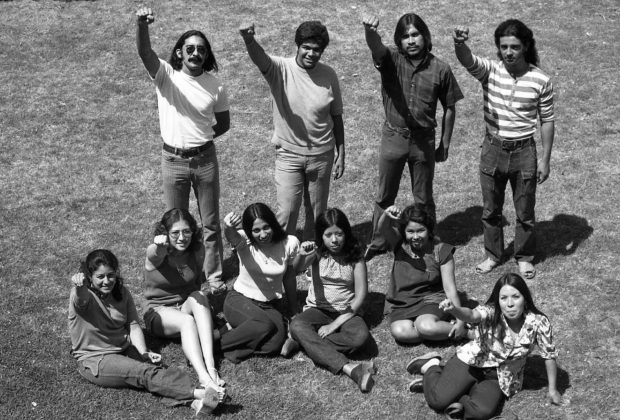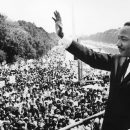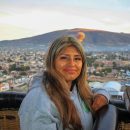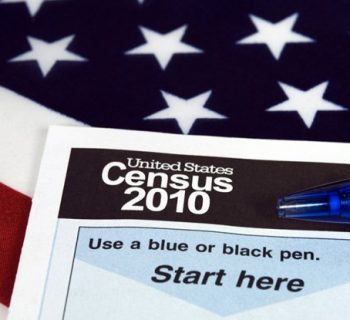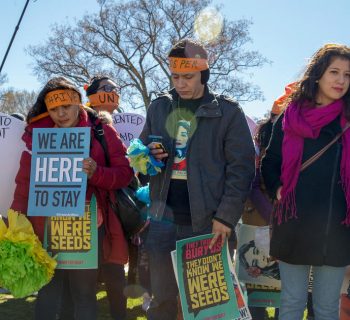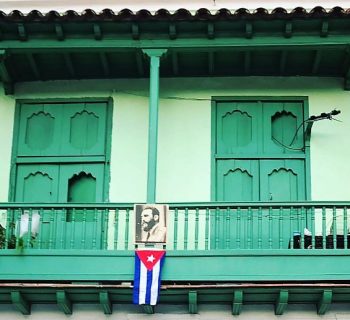By Adolfo Guzman-Lopez | LAist | Apr. 7, 2024 | Photo Courtesy of John (JT) A. Taboada
As he was dying of cancer, artist and photographer John Taboada thought of the stories contained in his half century-long photographic archive.
“Before he passed [Taboada] was able to scan all of the photographs from his life's work and basically save them digitally,” said Brian Chavez, project specialist with the Historical Society of Long Beach.
Chavez led the historical research for the society’s current exhibit, Centro de La Raza: John A. Taboada Legacy Photo Collection, 1970-1985.
Chavez led the historical research for the society’s current exhibit, Centro de La Raza: John A. Taboada Legacy Photo Collection, 1970-1985.
Taboada died last year of cancer. He was not well known outside of the 1970s artists and activists he photographed. Taboada’s friends and family told the historical society that his archives weave together a story about Long Beach that has yet been told: A community center called Centro de la Raza (The People's Center) in East Long Beach that Chicano activists founded and operated for nearly two decades to carry out the goals of self-determination that were central to the Chicano civil rights movement.
How the Centro de La Raza was founded
Taboada and others affiliated with the Centro attended or had graduated from Cal State Long Beach. Like Taboada, who grew up in Palm Springs, many of them came to Long Beach from other communities for college.
These student activists attended landmark Chicano Movement events such as the 1969 Chicano student conference in Santa Barbara and the 1970 Chicano Moratorium in East LA, which energized students to form chapters of Chicano student organizations at colleges and high schools across the Southwest U.S.
The Chicano student organization at CSU Long Beach was one of the strongest. One of the 60 photos on display shows a large group of young adults standing at a Long Beach park to hear a speech by farmworker leader Cesar Chavez. Another photo shows ten people with fists raised.
John Taboada and his art
The majority of the work on display are photographs taken by Taboada. But he was also a potter and visual artist. A woodblock print by Taboada depicting a scene with police at the 1970 Chicano Moratorium is displayed near the exhibit entrance. A few steps away a case holds a straw hat worn by Taboada and his camera and lenses, some dented from use.
“He had his camera with him all the time,” said Ron Arias, one of Taboada’s friends and a founder of Centro de la Raza.
While some of the photos in the exhibit show activists with fists raised, many other images show people at ease, exuding “happiness and the energy and the camaraderie and all of that,” Arias said, “those photos just pop out.”
Re-creating the spirit of the Centro
A blown-up photo taller than a person welcomes visitors entering the historical society’s storefront on Atlantic Avenue in Long Beach’s Bixby Knolls business district. The black and white photo shows Indigenous designs on the storefront of Centro de la Raza.
“The murals were actually done by students that were part of the Centro,” said Bianca Moreno, the exhibit’s designer.
“You have this big, beautiful photo so you know what it's like to walk into thi s… cool place to visit that attracts your eye and highlights Mexican American culture,” she said.
The Chicano Movement didn’t end
The Centro de la Raza, Arias said, lost critical funding in the 1980s as the Reagan administration eliminated funding created in the 1960s to help social service organizations like his. The Centro eventually folded, but its activists continued their work. Arias and others earned graduate degrees and sought jobs from which they could affect public policy.
A Taboada photo in the exhibit sums up this stage of Long Beach Chicano activism. It shows Arias and others, older than in previous photos and in suits, standing next to 1980 presidential candidate Jerry Brown.
“It just shows that we have been involved, that we have been paying our dues, that we have tried to create betterment, not just for our people … we always tried to make improvements that benefited everyone,” Arias said.
Exhibit details
Centro de La Raza: John A. Taboada Legacy Photo Collection, 1970-1985
Where: The Historical Society of Long Beach, at 4260 Atlantic Avenue
When: The Society is closed on Sundays and Mondays. For hours of operation, go here.
The exhibit is free and open to the public.

